I've always been a fan of Gerald Durrell, author, naturalist, zoo keeper, conservationist, television presenter and author. I have vivid memories of reading My Family and Other Animals on a wet and thoroughly miserable holiday on the Norfolk Broads when I was about 12. I couldn't turn the pages of the story about his childhood on the island of Corfu, quick enough. Tales of snakes in the bath and scorpions on the lunch table, stories a world away from anywhere I'd ever visited and the perfect escape from a confined narrow boat and constant bickering with my younger brother. Although the book is set on a Greek Island and written in Bournemouth, Mr Durrell eventually made his home on Jersey and it was here in 1959, he set up a Zoo.
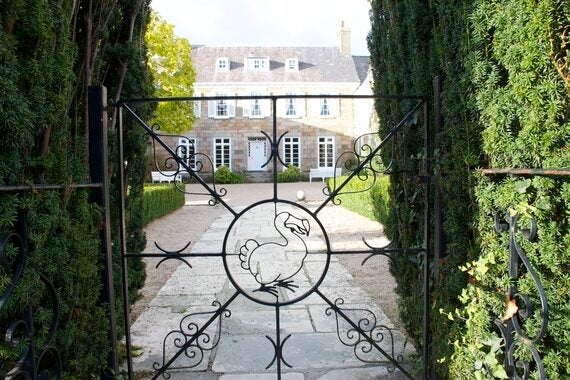
The Dodo is one of the most well known birds in the world, although it's been extinct for several hundred years. Gerald chose the bird as a logo to remind us all of the importance of the conservation work that goes on in his name and how very fragile some species are and there are reminders of the bird everywhere.
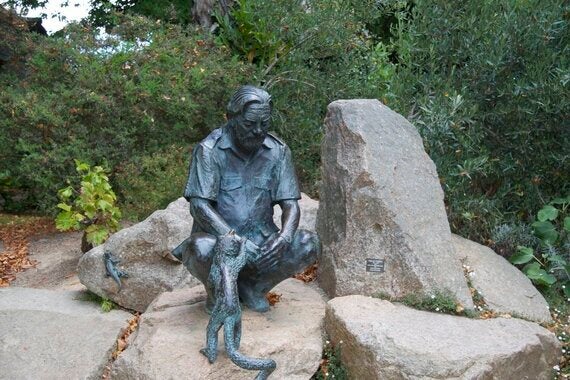
Gerald died in 1995 but his legacy continues. His strong belief that zoos have an essential role to play in the conservation of wildlife is very much apparent today as it was when he first began 'collecting' animals. He wanted to create a safe haven for the world's most threatened species, where they could be saved and the public could engage. Whilst it may have changed its name and become a charitable trust, the Durrell Wildlife Conservation Trust continues his mission. There are currently forty five conservation projects in fourteen countries to help species to survive, the wildlife park is an open window to the public and headquarters to a world-class centre for breeding, research, training and education.
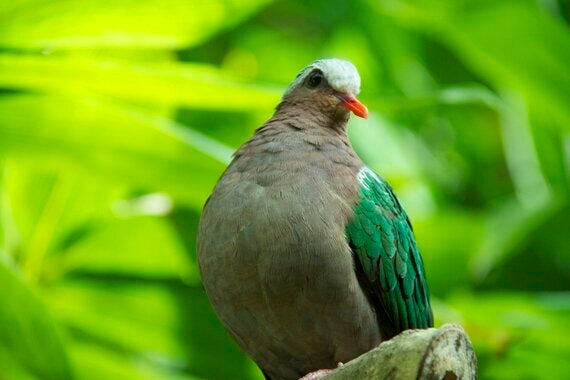
If you visit the Island of Jersey, the Park should be in the top five of your list of things to do. You'll find 'Durrell' in the village of Trinity, where 120 species live in 33 acres of land. Here some of the very endangered species are bred and where possible, returned to their home countries for release.
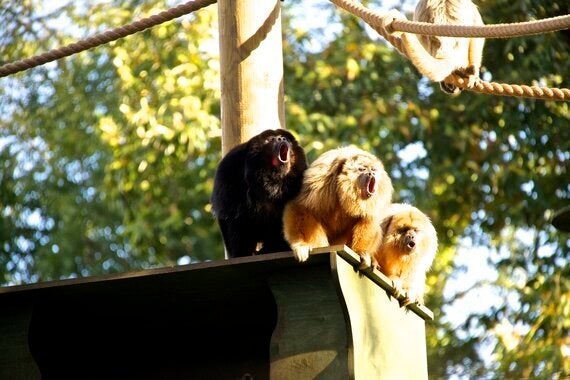
Swooping and dive-bombing the senior mammal keeper Gale Glendewar, the Livingstone fruit bats or Pteropus livingstonii have been here at Durrell Wildlife Conservation since 1992.
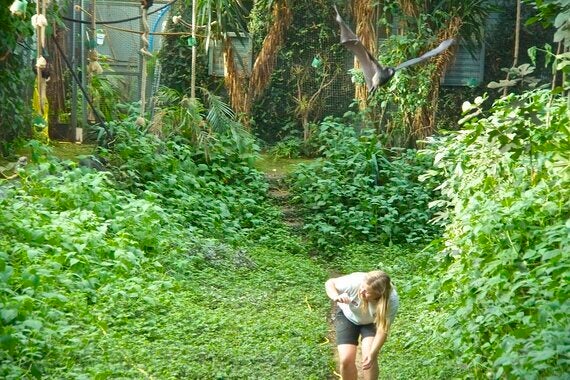
With their furry bodies, Mickey Mouse ears, velvet-like wings and bright red eyes these are one of the largest bat species on the planet.
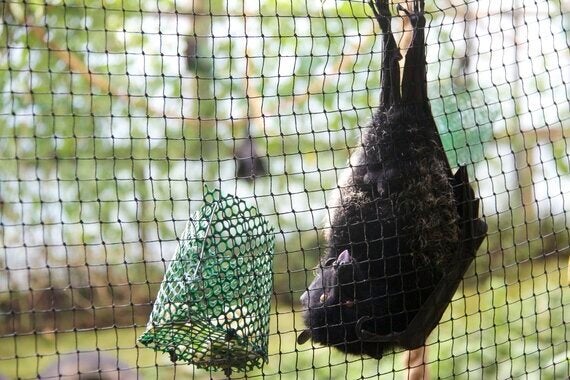
Found in the Comoros, an island in the Indian Ocean off the eastern coat of Africa, they're in decline. In 1976, several were brought to Jersey to start an emergency breeding programme. The first of its kind, this species had never before been kept in captivity but with the species teetering on the brink of extinction it was imperative there was a captive safety net. This, coupled with conservation work with local agencies on the Comoros means that the bats have gone from critically endangered to endangered. The breeding programme remains a success and there's now a healthy population spread between institutions all over the world.
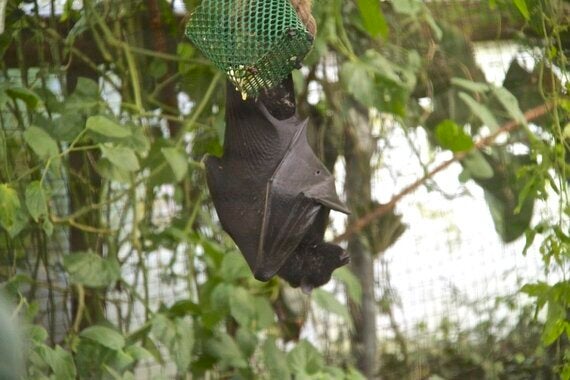
Visitors can get up close and personal with the bats in the island bat roost, a free-flight aviary, its walls made from 80 tyres, windows made from bottles and the outside walls rendered with mud. It was designed to create an energy efficient tropical environment, a burner using waste wood and animal feed heats the roost, reflecting the Durrell commitment to a sustainable environment. At the moment it's long and wide enough for the bats but it could be double the size.
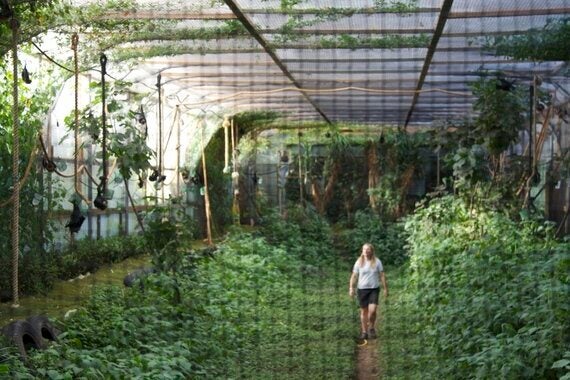
Over in the Gorilla Enclosure the star of the show is Badongo a 180kg western lowland gorilla who rules the nest, and it's here he shares it with his son Indigo, his partner Hlala Kahilli, and females Kishka and Bahasha.
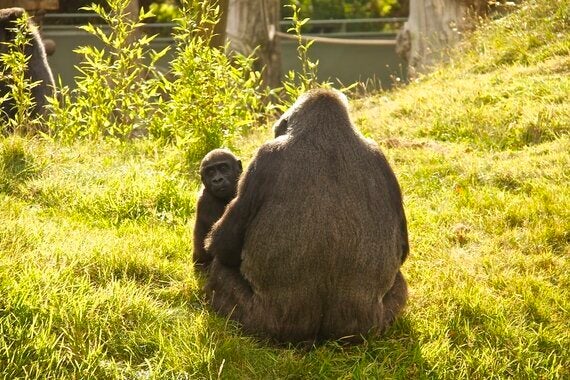
Badongo was brought to Durrell in 2011 to replace Ya Kwanza who had not bred in eight years.
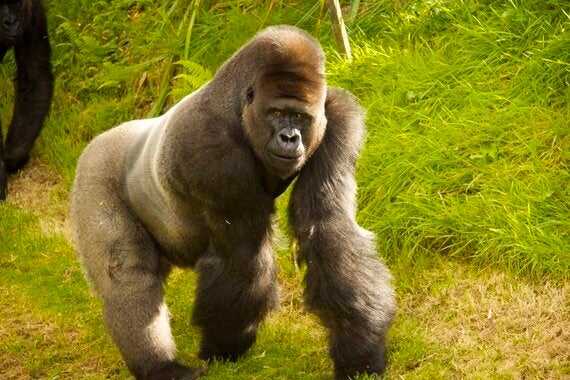
In September of 2012 Hlala gave birth to Indigo. It's hoped that the family may soon expand and the Trust has some plans to extend their existing enclosure space to create an additional large indoor exhibition space, extra 'show off' dens where gorillas can be isolated for training or feeding. A similar outside area, on a smaller scale will allow the Trust greater flexibility on how the group is managed. A raised sheltered public area would allow visitors a perfect view of the outside enclosure.
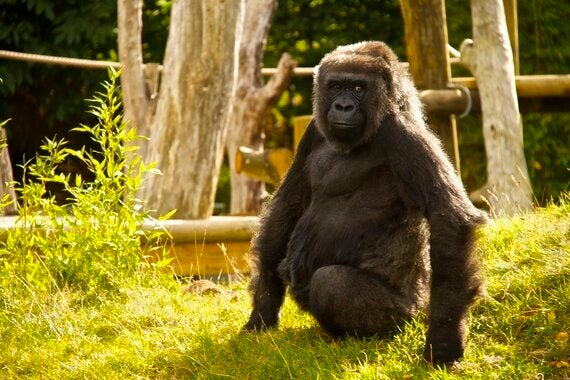
The Trust is raising money for a new gorilla indoor enclosure which will run into the hundreds of thousands of pounds. You can adopt any one or all of the gorilla family at Durrell to help raise money to pay for their new enclosure.
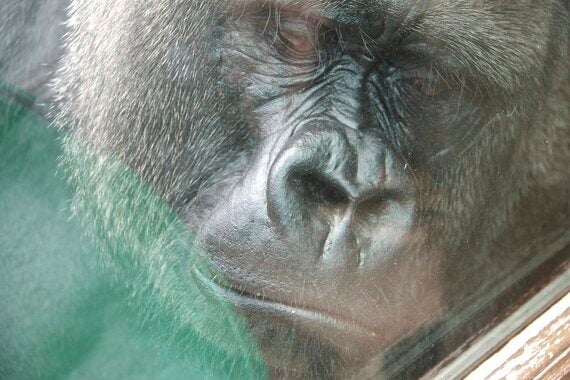
For those who don't want to leave, The Wildlife Camp Lodge is an opportunity for animal lovers to 'live' right next door to the action.
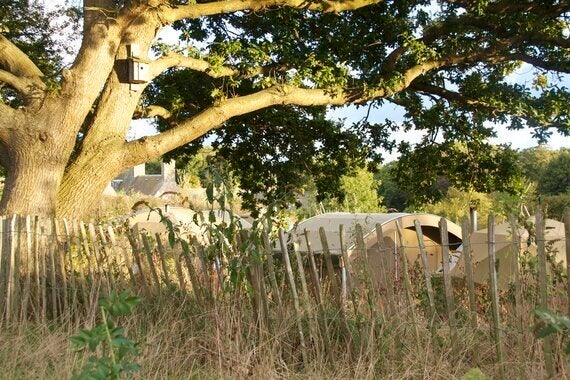
Sympathetically built in the grounds of the Park, guests can be at one with nature in glamping pods complete with electricity, high speed wi-fi, wood-burner for the winter months, power shower, flushing toilet and a kitchen.
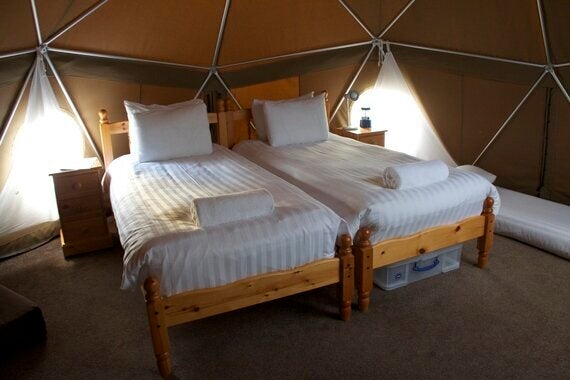

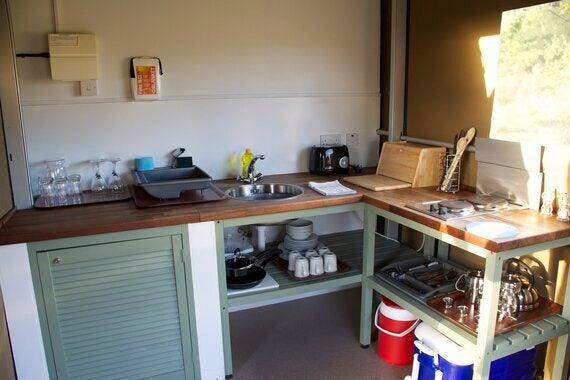
Kids even get their own wigwam to sleep in.
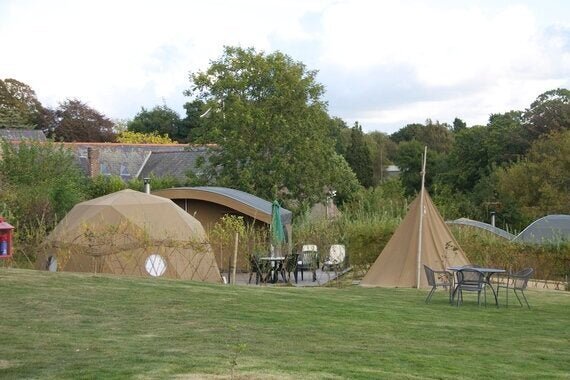
It's a perfect opportunity to watch the mixed lemur population who roam around next to the camp. Pick fruit from your own trees or cook up a storm on the communal barbecue.
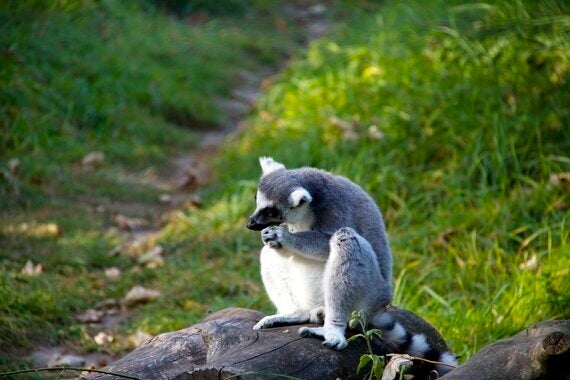
The Trust are always looking for ways to raise money and whilst the Trust are coming up with fabulous ways to raise funds, they need more help. For every pound spent, 81p goes directly into field work for conserving some of the most endangered species in the world. If you'd like to support the Trust, donate some money to make the bat enclosure larger or realise the gorilla plans, visit their Donate page for more details on how you can help.
Durrell, Les Augres Manor, La Profonde Rue, Trinity, Jersey, JE3 5BP
All photographs by Rebecca Williams